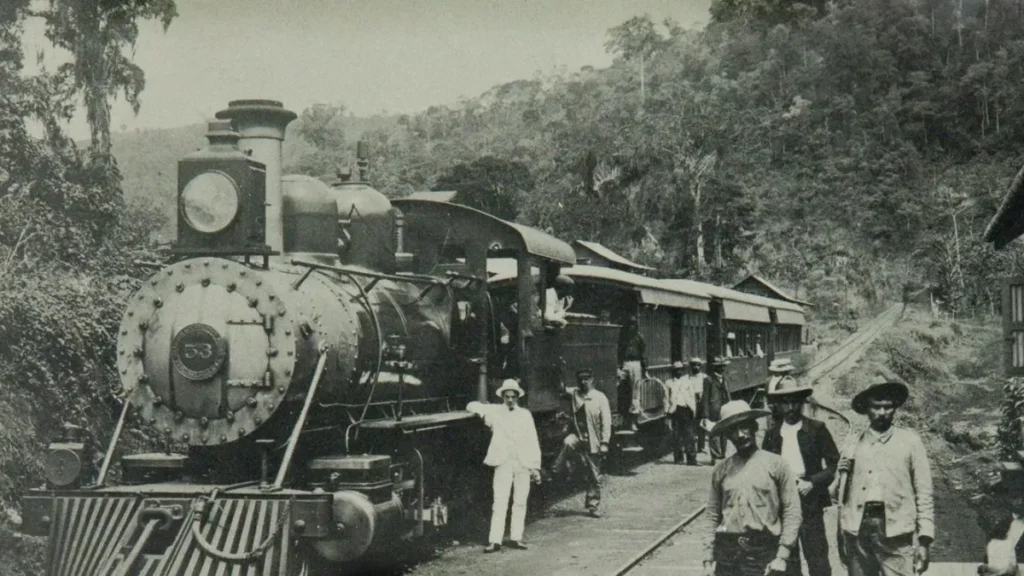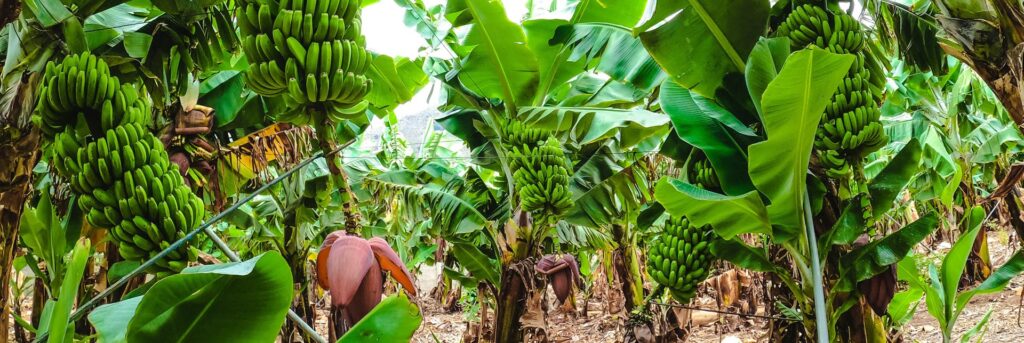
Bananas are a popular fruit worldwide, and Costa Rica is one of the top banana exporters globally. Costa Rica’s tropical climate and fertile soil make it an ideal location for growing bananas, and the country has a long and fascinating history of banana cultivation. In this article, we will explore the history of bananas in Costa Rica, from their introduction to the country to the present day.
The Introduction of Bananas to Costa Rica
Bananas were first introduced to Costa Rica in the late 19th century. In the 1870s, Minor Keith, an American businessman, began to experiment with growing bananas in the country. He was working on the construction of a railroad that would link the Atlantic and Pacific Oceans when he realized that the bananas he was growing to feed his workers could be sold for a profit. Keith began to plant more banana trees and eventually formed the United Fruit Company (UFC), which would go on to play a significant role in the development of the banana industry in Costa Rica.

In the early years of banana cultivation in Costa Rica, farmers grew a variety of bananas known as Gros Michel, which was the most commonly grown banana worldwide. However, in the 1950s, a fungus called Panama disease devastated Gros Michel plantations, and farmers were forced to switch to a hardier, disease-resistant variety known as Cavendish.
The Rise of the United Fruit Company
The UFC played a significant role in the development of the banana industry in Costa Rica. The company established large-scale plantations and built infrastructure, such as railroads and ports, to transport bananas to markets around the world. The UFC’s dominance of the banana industry in Costa Rica was so significant that the country became known as the “banana republic.”

The United Fruit Company’s role in the development of the banana industry was not without controversy. The company’s presence in Costa Rica was sometimes viewed as a form of neocolonialism, as it had significant control over the country’s economy and political system. Additionally, labor conditions on the plantations were often harsh, and workers, many of whom were immigrants from other countries, were frequently subjected to low wages, long hours, and poor living conditions. This led to the rise of labor movements and the formation of labor unions, which fought for workers’ rights and better conditions.
The Banana War
In the 1920s and 1930s, the United Fruit Company was involved in a dispute with the Costa Rican government over taxes and other issues. The conflict, which became known as the Banana War, led to the intervention of the United States government, which was concerned about the impact of the dispute on American business interests in the region. The US government eventually brokered a settlement between the UFC and the Costa Rican government, which allowed the company to continue its operations in the country.
The Modern Banana Industry in Costa Rica
Despite the challenges faced by the banana industry in Costa Rica, it has continued to thrive, and today, bananas remain an important export for the country, along with other agricultural products such as coffee and sugar. The country is the largest exporter of bananas in Central America and the fourth-largest exporter worldwide, after Ecuador, the Philippines, and Colombia.

The banana industry has also become more diversified in recent years, with the growth of organic and fair trade bananas. These products are marketed to consumers who are concerned about the environmental and social impacts of conventional banana production. Costa Rica has been a leader in the production of sustainable bananas, and many small-scale farmers in the country have adopted organic and fair trade practices.
In addition to traditional agriculture, Costa Rica has also embraced eco-tourism and sustainable development. The country’s commitment to environmental conservation and sustainable agriculture has helped to diversify its economy and promote long-term growth.
Conclusion
The history of bananas in Costa Rica is long and complex, with a legacy that includes both economic prosperity and social challenges. While the United Fruit Company’s involvement in the banana industry was not without controversy, it played a significant role in the development of the industry, and the country’s economy as a whole. Today, Costa Rica remains a major player in the global banana trade, with a strong commitment to sustainable agriculture and eco-tourism. The country’s efforts to promote organic and fair trade bananas, as well as its dedication to environmental conservation, position it as a leader in the global movement toward more sustainable agricultural practices. The story of bananas in Costa Rica is a testament to the power of agriculture to shape societies and economies, and a reminder of the importance of balancing economic prosperity with social and environmental responsibility.









